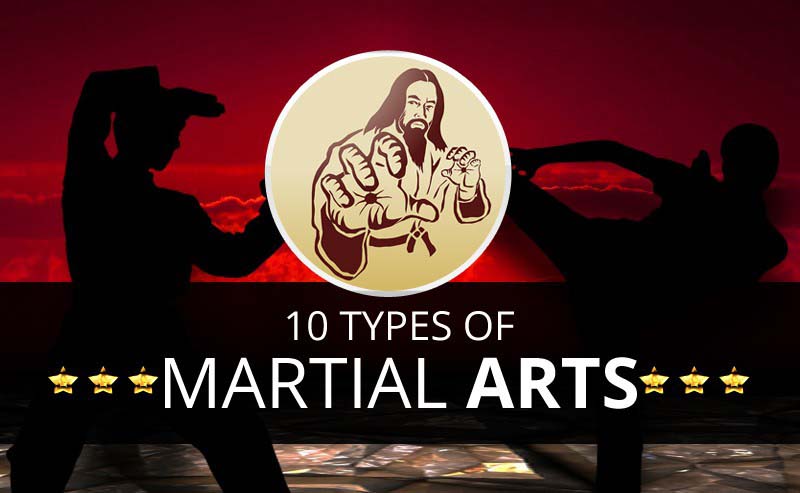Trick Differences In Between Conventional Martial Arts And Modern Combat Sports: An Extensive Analysis
Trick Differences In Between Conventional Martial Arts And Modern Combat Sports: An Extensive Analysis
Blog Article
Web Content Writer-Ware Finnegan
When you think of martial arts, do you lean more toward the conventional methods or the modern-day fight sporting activities? Each path supplies one-of-a-kind benefits and experiences, formed by their ideologies and training approaches. Conventional martial arts highlight personal development and discipline, while modern battle sports concentrate on competition and performance. Recognizing these distinctions can lead you in selecting the ideal technique for your journey. Yet how do these distinctions materialize in training and ideology?
The Philosophy and Background Behind Standard Martial arts
While many people associate martial arts with physical combat, the ideology and history behind conventional martial arts run much deeper. You'll discover that these techniques emphasize personal growth, discipline, and regard.
Originating from ancient practices, conventional martial arts were typically developed for Self-Defense and spiritual development. They personify concepts such as balance, harmony, and self-control, leading professionals beyond mere combating skills.
As you educate, you'll not just find out techniques however also gain understandings into the society and values that formed these arts. just click the following page and traditions, frequently passed down via generations, cultivate a feeling of neighborhood and belonging.
The Affordable Nature of Modern Combat Sports
Modern fight sports have transformed the landscape of martial arts into an extremely competitive arena, where athletes challenge in a test of ability, technique, and endurance.
You'll see that competitions are commonly organized with rigorous guidelines and regulations, ensuring fair play and security. These occasions bring in big target markets, fueling the exhilaration and strength of matches.
Professional athletes educate rigorously, not just for physical expertise but likewise for psychological strength, recognizing that every information counts in the ring. The adrenaline thrill during competitions is palpable, as fighters press their limits to claim triumph.
Followers value the athleticism and virtuosity included, making modern battle sporting activities a thrilling spectacle that remains to progress and captivate enthusiasts around the globe.
Training Approaches and Techniques: A Relative Evaluation
The competitive environment of contemporary battle sporting activities needs cutting-edge training techniques that vary substantially from traditional martial arts.
In contemporary training, you'll focus on certain strategies, competing, and conditioning, typically using drills that replicate actual battle scenarios. You'll see a focus on measurable efficiency and regular competition to analyze your abilities.
In contrast, typical martial arts focus on types, katas, and philosophical mentors, often emphasizing technique and regard over competition.
https://enquirerjournal.com/enquirer_journal/union-martial-arts-teaches-discipline-perseverance-self-defense-while-relieving-stress/article_9a833d80-8703-5cc3-ab70-2fa21599e1c6.html is usually less intense and may entail repeated practice as opposed to real-time sparring.
While both approaches construct skill and physical fitness, modern-day fight sporting activities provide a much more dynamic and versatile training setting, preparing you for immediate challenges in the ring or cage.
Pick the path that lines up with your objectives and passions.
Conclusion
In selecting in between traditional martial arts and contemporary fight sporting activities, it truly comes down to what you value a lot of. If you're looking for personal growth, technique, and a sense of community, conventional arts could be your finest fit. Yet if you prosper on competition and real-time challenges, modern-day fight sports could be the method to go. Ultimately, both paths use one-of-a-kind benefits, so it's everything about aligning your training with your individual objectives and interests.
